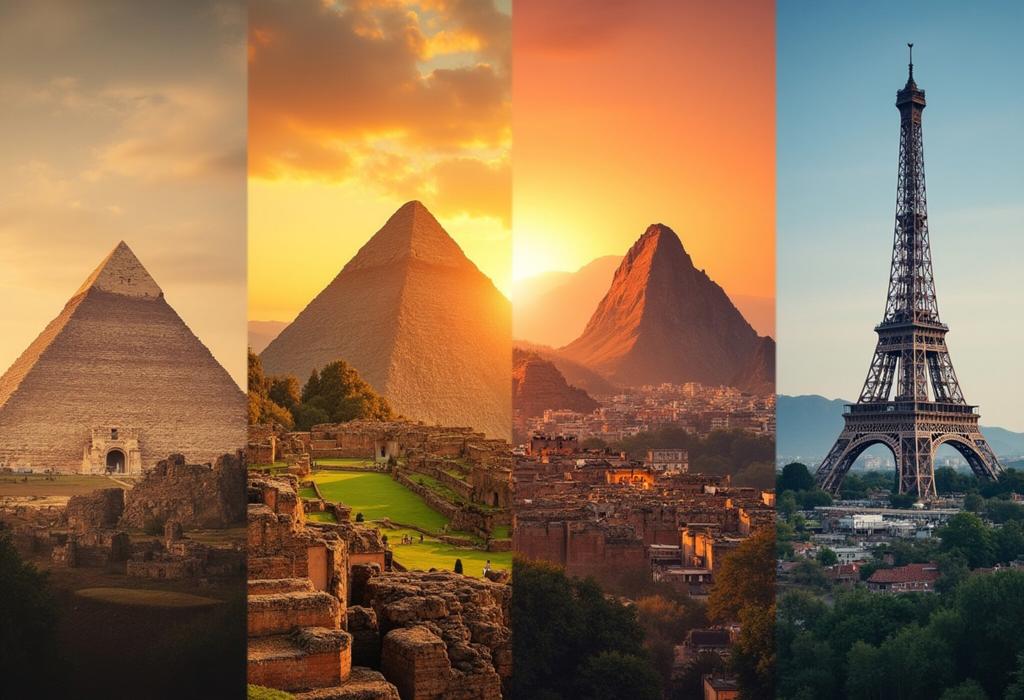For more details on this content, please review the step-by-step guide and frequently asked questions.
Pompeii: A Snapshot in Time

Step-by-Step Guide
Introduction to Pompeii
Pompeii was an ancient Roman city that was buried under volcanic ash and pumice after the catastrophic eruption of Mount Vesuvius in AD 79. This event preserved the city under layers of ash, providing a unique snapshot of Roman life in the 1st century. Understanding the city's history involves examining its founding, development, and eventual destruction.
The Geography of Pompeii
Pompeii is located near the Bay of Naples in Italy. The city is situated approximately 8 kilometers (5 miles) south of Mount Vesuvius. The strategic location contributed to its prosperity, as it was a vital hub for trade and agriculture, benefited from fertile volcanic soil, and had access to the Mediterranean Sea.
The Eruption of Mount Vesuvius
On August 24, AD 79, Mount Vesuvius erupted, sending a deadly cloud of stones, ashes, and fumes 33 kilometers (20.5 miles) into the sky. The eruption caused the collapse of the volcano’s cone, burying Pompeii under 4 to 6 meters (13 to 20 feet) of volcanic ash, killing thousands and preserving the city for centuries.
Archaeological Discoveries
The rediscovery of Pompeii began in 1748, and since then, excavations have unveiled vibrant frescoes, mosaic floors, and the remains of buildings and inhabitants. Archaeologists have utilized modern technology to preserve the site and learn more about daily life in ancient Rome.
Life in Pompeii
Pompeii was home to approximately 11,000 to 15,000 residents during its peak. The community was bustling, with markets, baths, theaters, and households reflecting a Roman lifestyle. Social structure, trade practices, and entertainment forms were akin to those found in other Roman cities, illustrating the multifaceted nature of daily life.
Art and Culture in Pompeii
The art of Pompeii includes exquisite frescoes and intricate mosaics, often depicting mythology, nature, and everyday life. The city's art and architecture reflect both Greek and Roman influences, showcasing skilled craftsmanship and a rich cultural heritage.
Religious Practices
The citizens of Pompeii practiced various religions, including the worship of Roman gods and local deities. Temples dedicated to gods such as Jupiter, Apollo, and Venus can be found throughout the city, providing insight into the spiritual life of the Pompeians.
The Impact of the Eruption
The eruption of Vesuvius had a profound impact on the local population and heritage. While it caused immense destruction, it also provided invaluable historical and archaeological insight into Roman life. The preservation of the city allows researchers and visitors to explore and understand life over two millennia ago.
Modern-Day Pompeii
Today, Pompeii is a UNESCO World Heritage Site and one of Italy's most popular tourist destinations. It attracts millions of visitors each year, who come to witness the ruins, learn about ancient Rome, and appreciate the preservation efforts that continue to protect this significant site.
Conservation and Preservation Efforts
Efforts to conserve Pompeii have been ongoing since its rediscovery. Scientists use modern techniques, including 3D imaging, to document and restore ruins. Initiatives also focus on protecting the site from natural disasters and environmental degradation, ensuring its legacy for future generations.
Visitor Experience
Visitors to Pompeii can explore the ruins through guided tours or self-directed visits. As you walk through the streets, you can see various features such as the Forum, the amphitheater, and well-preserved villas. It is essential to respect the site by following guidelines and being mindful of conservation efforts.
Conclusion: The Legacy of Pompeii
Pompeii serves as a remarkable time capsule, offering insights into Roman civilization and the catastrophic events that can change history. Its well-preserved ruins continue to fascinate historians, archaeologists, and the general public, making it a crucial part of our understanding of ancient Rome and the impact of natural disasters on human societies.








